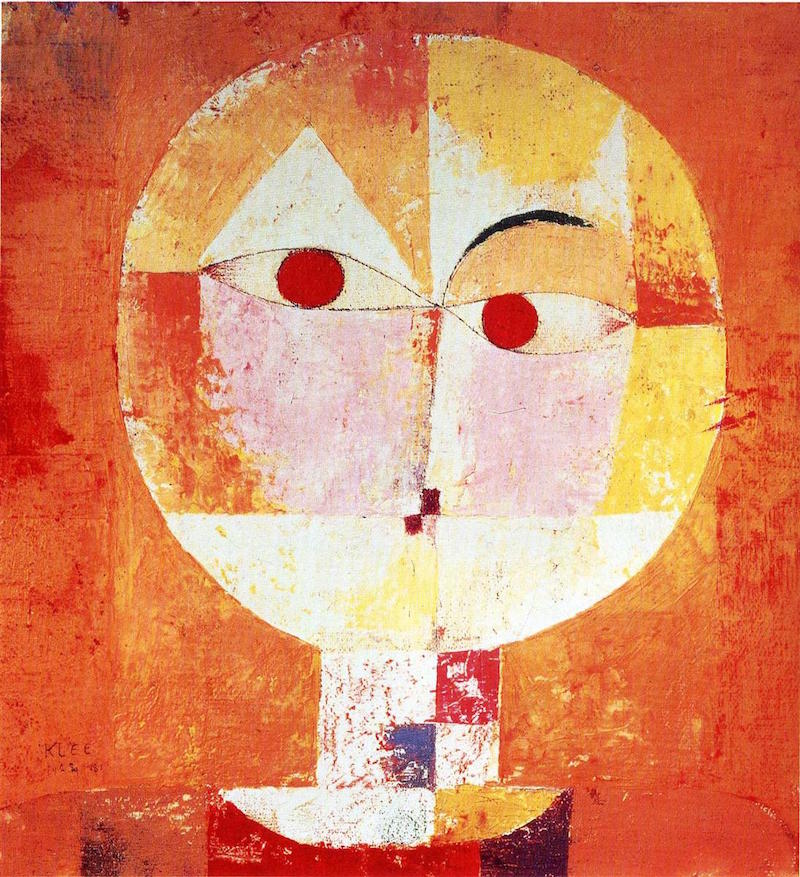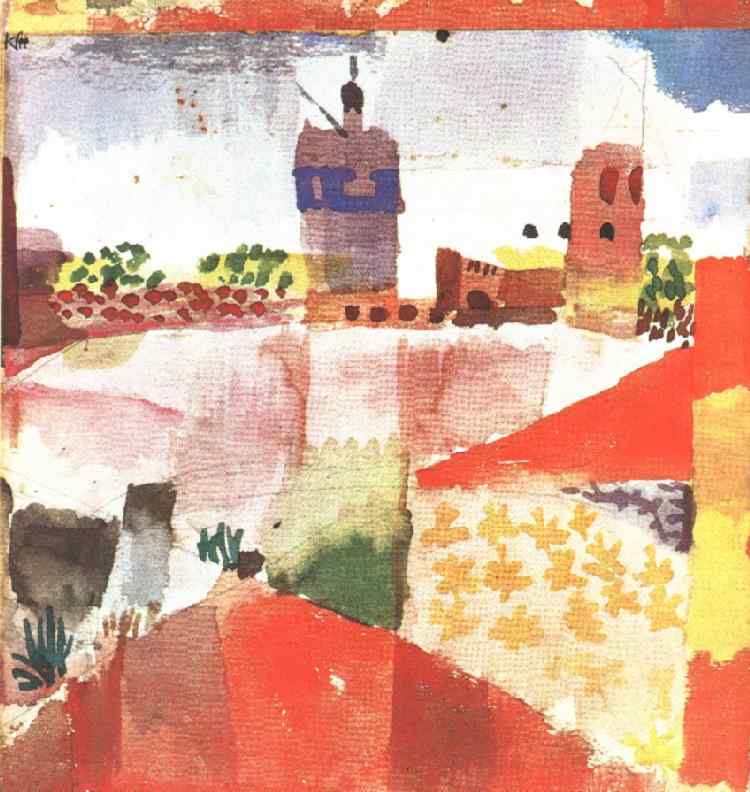Paul Klee
Episode #9 of the course “Great surrealist painters of all time”
Born in 1879, Paul Klee is considered one of the most influential Surrealist German artists. While his paintings may not be as intricate or as detailed as some other Surrealists, he is regarded for creating a childlike style that enchanted people with its dreamlike elements. His style was strongly influenced by Cubism, but Klee worked with many patterns of shapes and was interested in the relationships between repeating shapes.
 Senecio
Senecio
He began his career by working mostly independently, inspired by Pablo Picasso and other Cubist artists. After becoming friends with Wassily Kandinsky and taking a trip to Tunisia, Klee was able to separate color from form, which pushed his art into a new level of abstraction and Surrealism. One of his most famous paintings, Hammamet in the Mosque, was also one of the last times that he painted nature as a subject.
 Hammamet in the Mosque
Hammamet in the Mosque
Klee was interested in the interplay between words and visuals, and he always titled his works according to the mood he wanted to evoke with the piece. He taught at the Bauhaus over 10 years, during which time he produced over 10,000 pieces of art, including sketches and drawings. He published these in his Pedagogical Sketchbook. Klee’s subject matter ranges from social concerns to the personal concerns of teaching, and his style was always whimsical but provocative.
 Ventriloquist and Crier in the Moon
Ventriloquist and Crier in the Moon
 Comedian’s Handbill
Comedian’s Handbill
In 1923, Klee produced the painting that he is most well known for, and which people say demonstrates most of his repeated images and all of his skills: Ventriloquist and Crier in the Moon. From 1930-1933, Klee was recruited to teach at the Academy of Fine Arts in Dusseldorf. After his dismissal by the Nazis, he returned to Bern. His art, such as Comedian’s Handbill, became darker and more somber as a reflection of the European political landscape. Paul Klee passed away in 1940.
Share with friends

